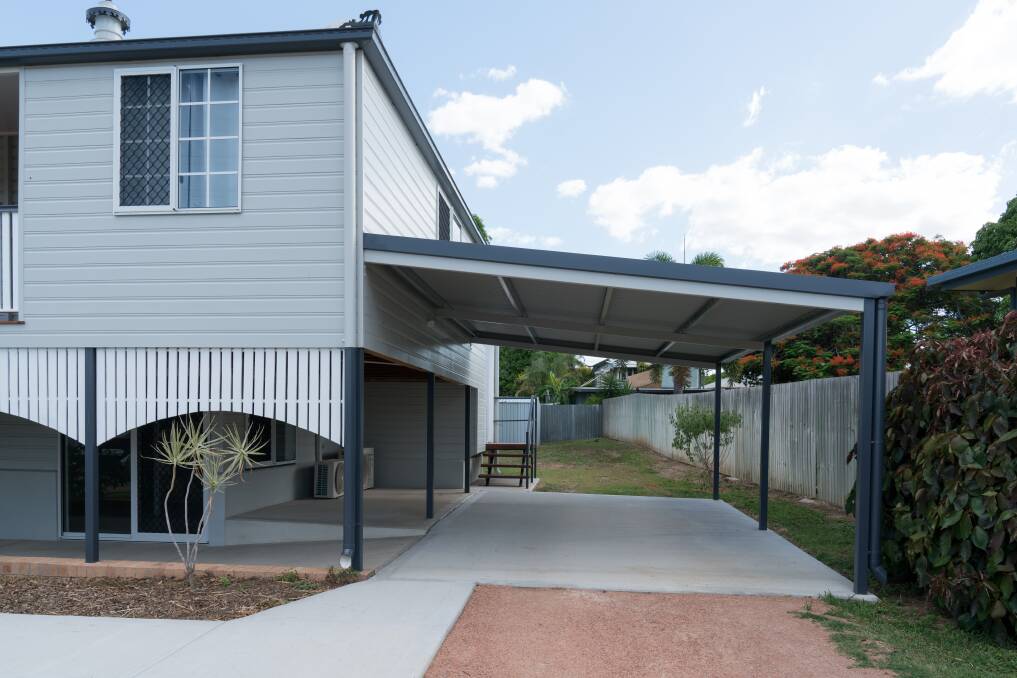Homestead In The Hinterland: A Design Guide For Regional Queenslanders

This is branded content.
Are you planning to build or renovate a home? It's such an exciting time, with so much to plan, prepare for and consider.
It can be pretty stressful, truth be told. It's an expensive undertaking, with a new build or major extension costing hundreds of thousands of dollars.
It makes sense that you'd want everything to go perfectly. And this applies to the final look of your new or renovated home.
Design principles make all the difference in how your home looks and its curb appeal, which is a term used for how your home presents to the neighbours and those walking past.
And what if you're building or renovating in the Hinterland of regional Queensland?
Specific design principles suit this particular area of Australia really well, which you should be aware of.
Lucky for you, this helpful article is going to share all about creating a homestead in the hinterland and will share a home design guide for regional Queenslanders. Continue reading to learn more.
Pick Your Fencing
You should consider if you should install star picket fencing for your regional Queensland property. This galvanised steel fencing is an ideal choice for the harsher, sunny climate in the Sunshine State. The fact that the steel is galvanised means that it will withstand the weather conditions, including storms during the wet season. It also looks imposing and will provide an excellent security deterrent for your home while increasing its curb appeal and keeping pets and kids safe.
Use Natural Light and Ventilation Strategically
As part of your regional Queensland home design project, consider making strategic use of natural light and ventilation for a variety of reasons. Sustainability is one primary consideration, as ample natural light will save power as you don't have to use artificial lighting as much, especially during the summer months. However, it will also make your home feel more spacious. Rooms will seem more significant and ceilings higher, and it will stop a home from feeling cramped or cluttered. You can achieve this through window placement, external door design and skylights.
Increased ventilation is also good, as it ensures a cycle of fresh air throughout your home and will reduce the dependence on expensive climate control systems. However, you may need some climate control, which brings us to our next tip.
Consider Evaporative Cooling
When it comes to cooling your property, evaporative cooling is the most efficient method and is best suited to Queensland's humid climate. This type of cooling relies on absorbing moisture from the air and converting it to cool air, which is ideal for the muggy weather of Queensland. It doesn't work as well in dry heat climates, but this is not an issue in this state.
However, this type of cooling system is expensive to install, and you might prefer to install split systems in each room instead, as this is a more affordable climate control solution.
Indoor Outdoor Flow
If you live in Queensland, you will likely enjoy the lovely geography and natural landscape of the state. You can invite this aesthetic into your home by designing with indoor-to-outdoor flow in mind.
One way to achieve this is with locally sourced timber hardwood flooring, which is a sustainable and natural flooring material that evokes the local forest areas. Other practical design tips to maximise indoor outdoor flow include French doors that open out to your backyard deck - both these doors and your outdoor decking help to seamlessly join your indoor and outdoor living areas. For instance, having your living area in the rear of the home that opens up to the backyard means you can spill out to the yard from your living space, such as when you're hosting a BBQ or event at your home.
Energy Efficiency
A critical design choice for a regional Queensland home is to invest in energy-efficient electrical solutions for your renovation or build. You can harness the natural energy of the sun by installing solar panels on your roof, which will simultaneously reduce your power bill while also assisting you in reducing your carbon footprint. Instead of gas hot water, consider installing an electric heat pump or solar hot water system, which will achieve the same result for your water heating needs. There are plenty of resources available online that will help your home become eco-friendly, including valuable websites, Facebook groups and forums.
House Orientation Design Considerations
The building site is going to dictate the initial parameters within which to work with the home design. The outlook or orientation of the home will inform the building focus. In contrast, accessibility, sun and breeze exposure will inform features such as the location of a pool, courtyard, or decking. You'd be surprised by just how hot wooden decks can get when exposed to direct sunlight. Something as simple as building a shade sail or even just swapping out your traditional wooden decking for more heat-resistant Trex composite decking can help keep your outdoor spaces more comfortable during extreme heat.
You should also think about your awnings, both for providing shade in summer and shelter in the winter. The extent of roof overhang amounts to the north and west will ensure shade in summer but, with clever design principles, can add a little warmth in winter. The predominant breeze should be used for cooling during the day but controlled at night or during the winter. Breeze control can be achieved via windows and doors, as we've described above.
A Hinterland Summary
This informative article has shared some design guide tips for regional Queenslanders looking to build or renovate in the near future.


